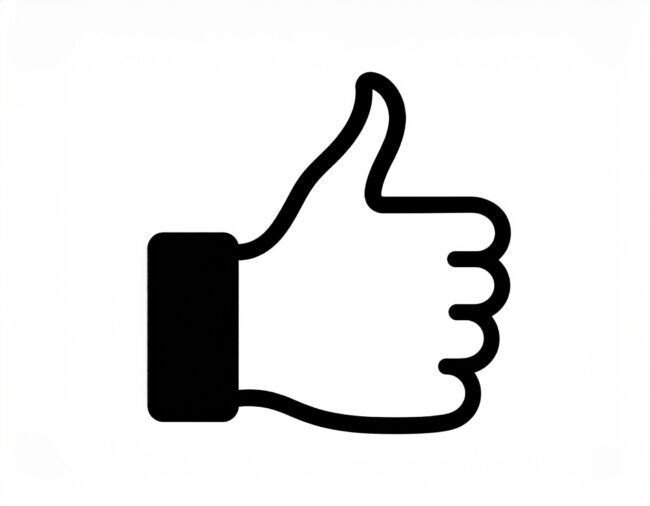NCK and Comtes FHT Dobřany

On 15 and 16 October, a meeting of NCK, the engineering consortium, took place at Comtes FHT in Dobřany. Together with my colleague Tomáš Čegan, we represented the cooperation between VŠB Ostrava and Galvamet. We are working on two projects together, economical printing of titanium alloy implants and Dievar powder steel printing for die casting applications.
We are probably unique in CZ with our attitude, but we consider 3D printing in combination with HIP to be the only possible solution for the future. It was Tomáš Čegan’s presentation that showed what the main contribution was. Printing times, compared to how it is printed by the current 3D printing supplier, were reduced from 61 hours to 21, or 23 hours while achieving optimal results of mechanical properties. Ductility has increased and the dispersion of strength values has decreased. There was an increase in Young’s modulus with only a slight decrease in yield strength. But what is important, compared to the formed material, the mechanical properties do not depend on the direction of forming the material, but are completely homogeneous in all directions. I consider this to be very important for implants, because they are significantly loaded with low-cycle fatigue, with very difficult prediction of the direction of the load in the patient, and this anisotropy can negatively affect the lifetime of the implant.
We achieved similar results with the 3D printing of Dievar powder. Even though Dievar itself gives good impact strength values even after printing itself, after HIP these values increase by several tens of percent. Also important for tool shops is the shortening of the cycle, i.e. a lower price per print, and above all, the fact that HIP removes hidden defects. The reliability of die-casting inserts processed in this way will be significantly increased, similar to the case of critical parts for the aerospace industry.
We checked one more thing for both materials. Stress relief annealing is a process that actually removes these stresses. It may seem like a complete triviality, but radiographically it is more than obvious. And for those who want to save money by skipping this operation, this is a sign that you are doing it wrong. Friends. It really works and it’s proven.
The next meeting will be in a year, we will see where we will get with the development. It’s slow and hard. Even so, I have to thank Aleš Šlechta, the owner of Galvamet, for his incredible support and interest in the field of 3D printing. Without him, Tomáš Čegan and I would not be able to prove that we are right and not those who buy printers and ignore HIP.
And a few more photos from the meeting … ..
Jiří Stanislav
October 19, 2024


















